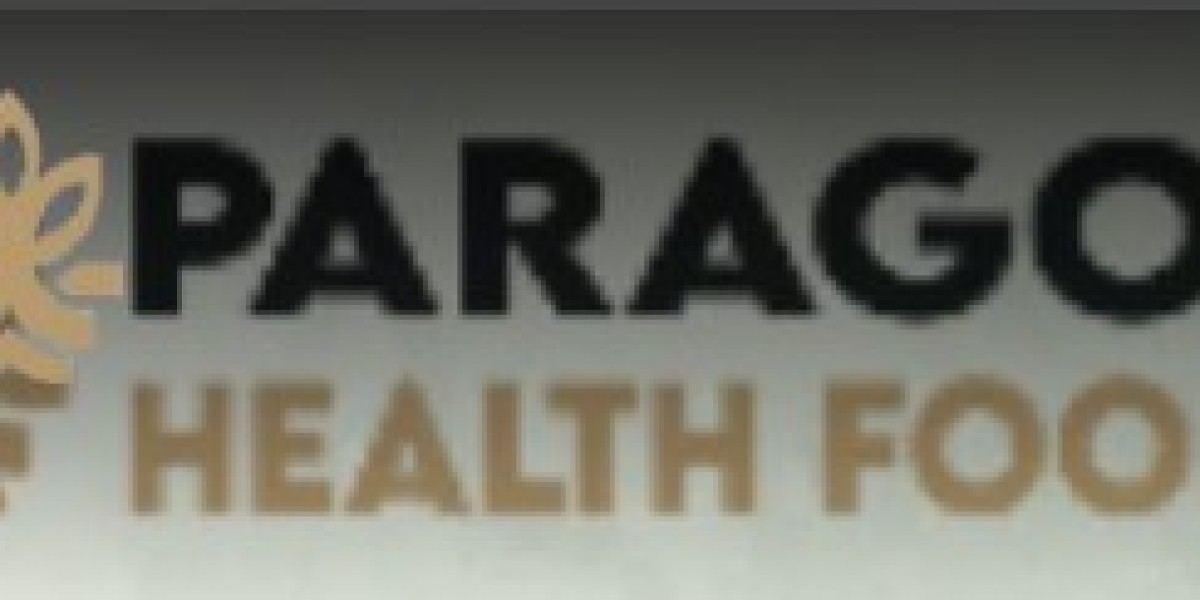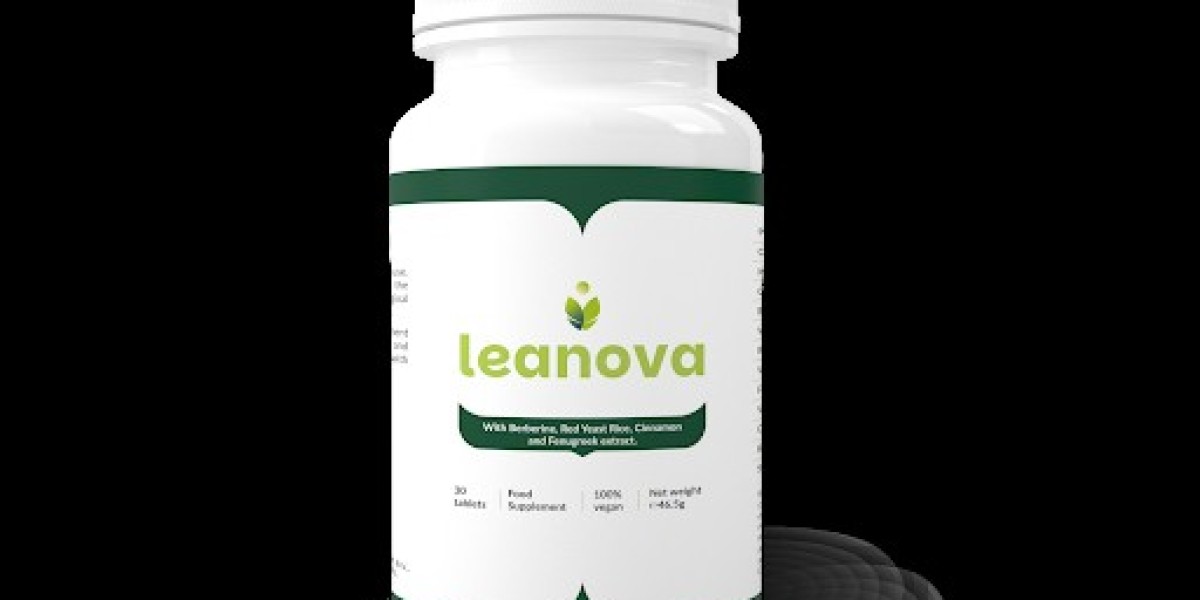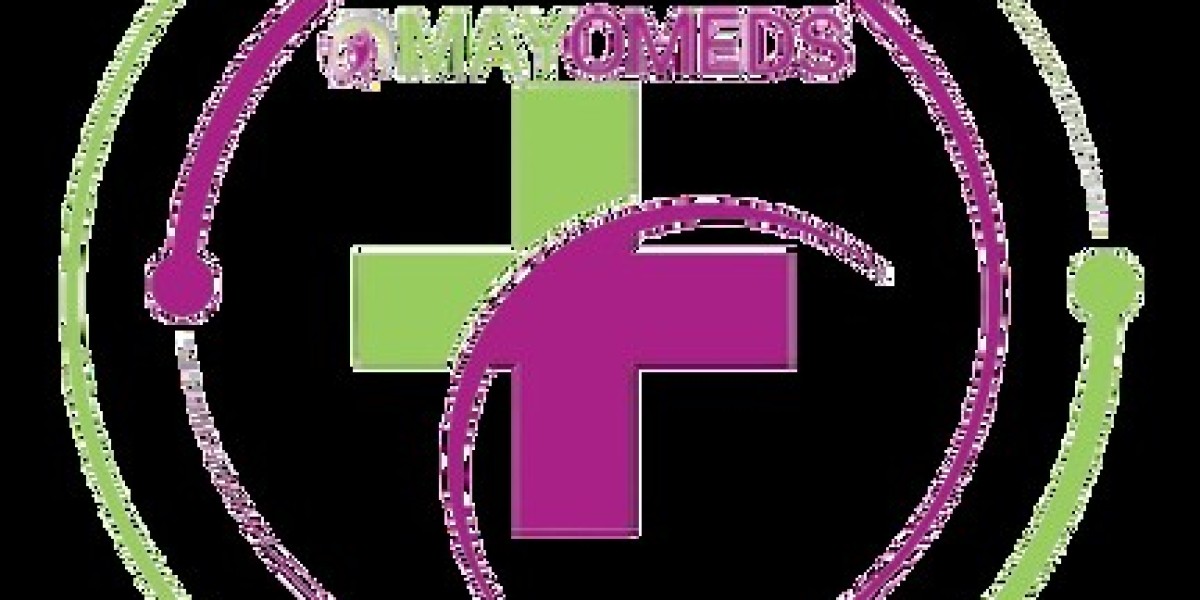Muscle pain is a universal human experience. Whether it’s the satisfying ache of a good workout, the sharp twinge of an unexpected injury, or the persistent stiffness from hours at a desk, it’s a signal from our bodies that something needs attention. Navigating the vast world of muscle pain relief can be overwhelming, with advice ranging from age-old home remedies to cutting-edge medical technologies. Understanding the why behind the pain is the first crucial step toward effective and lasting relief.
Understanding the Source: Why Do Muscles Hurt?
Not all muscle pain is created equal. Effective treatment begins with identifying the type of pain you're experiencing.
Delayed Onset Muscle Soreness (DOMS): This is the familiar ache that peaks 24 to 72 hours after unfamiliar or intense physical activity. It’s caused by microscopic tears in muscle fibers, a natural part of the strengthening process. DOMS is a sign of adaptation and, while uncomfortable, is generally a positive indicator of growth.
Acute Muscle Strain: This is an injury, often sudden, resulting from overstretching or tearing a muscle or tendon. Pain is immediate and can range from mild to severe, often accompanied by swelling or bruising.
Tension and Stress: Emotional and mental stress can manifest physically. We unconsciously clench muscles in our neck, shoulders, and back, leading to chronic knots and pain, often diagnosed as myofascial pain syndrome.
Medical Conditions: Widespread muscle pain (myalgia) can also be a symptom of underlying medical issues like fibromyalgia, infections, or autoimmune diseases. If pain is severe, persistent, or unexplained, consulting a healthcare professional is essential.
The Immediate Aftermath: First-Line Relief Strategies
For common aches, strains, and DOMS, a few immediate steps can significantly reduce pain and speed up recovery.
The R.I.C.E. Method: For acute strains, remember Rest, Ice, Compression, and Elevation.
Rest: Stop the activity that caused the pain to prevent further injury.
Ice: Apply an ice pack wrapped in a thin towel to the affected area for 15-20 minutes every few hours for the first 48 hours. Ice constricts blood vessels, reducing inflammation and numbing the pain.
Compression: Gently wrapping the area with an elastic bandage can help minimize swelling.
Elevation: If possible, raise the injured muscle above the level of your heart to encourage fluid drainage and reduce swelling.
Heat Therapy: For general stiffness, tension, or DOMS that’s a few days old, heat is often more effective than ice. A warm bath, heating pad, or therapeutic heat wrap increases blood flow, delivering oxygen and nutrients to tired muscles, relaxing tightness, and soothing discomfort.
The Pharmacological Approach: Over-the-Counter and Beyond
When home remedies aren’t enough, medication can provide effective relief.
Topical Analgesics: Creams, gels, and patches applied directly to the skin can target pain precisely. Look for ingredients like:
Menthol or Camphor: Create a cooling or warming sensation that distracts the brain from the pain.
Capsaicin: Derived from chili peppers, it depletes a neurotransmitter that carries pain signals, offering longer-term relief.
NSAIDs (e.g., Diclofenac): Nonsteroidal anti-inflammatory drugs in gel form reduce inflammation at the source with minimal systemic absorption.
Oral Medications:
NSAIDs: Ibuprofen (Advil, Motrin) and Naproxen (Aleve) are excellent for reducing both pain and inflammation associated with strains and DOMS.
Acetaminophen (Tylenol): Effective for pain relief but does not reduce inflammation.
It’s vital to use these medications as directed and be aware of potential side effects, especially with long-term use.
Movement and Modality: Active Recovery and Professional Help
Contrary to instinct, complete inactivity is rarely the best long-term solution for muscle pain (except for severe acute injuries).
Active Recovery: Gentle movement like walking, swimming, or light stretching increases blood flow to sore muscles, flushing out metabolic waste products and promoting repair. This is why DOMS often feels better after a light warm-up.
Stretching and Foam Rolling: Regular, gentle stretching improves flexibility and prevents muscles from shortening and tightening. Foam rolling, or self-myofascial release, is like giving yourself a deep tissue massage. It helps break up painful knots (trigger points) and improves tissue elasticity.
Massage Therapy: Professional massage is a powerful tool. It manipulates soft tissues to increase circulation, reduce tension, break down scar tissue, and promote relaxation, addressing both physical and stress-related pain.
Physical Therapy: For persistent or recurring pain, a physical therapist can identify muscular imbalances or weaknesses, prescribing targeted exercises to correct the root cause of the problem and prevent future injury.
Lifestyle and Prevention: Building a Resilient Body
The most effective strategy for muscle pain is to prevent it from happening in the first place.
Proper Hydration and Nutrition: Muscles are approximately 76% water. Dehydration can lead to severe cramping and impaired recovery. A balanced diet rich in anti-inflammatory foods (like berries, fatty fish, and leafy greens), protein (for repair), and electrolytes (like magnesium and potassium) is fundamental for muscle health.
Warm-Up and Cool-Down: Never skip the warm-up. Gradually increasing heart rate and blood flow prepares muscles for activity. A cool-down with light stretching helps the body transition to a resting state and may reduce the severity of DOMS.
Ergonomics and Posture: For those with desk jobs, optimizing your workspace and being mindful of posture can prevent chronic neck, shoulder, and back pain. Ensure your screen is at eye level, your feet are flat on the floor, and you take frequent breaks to move and stretch.
Listen to Your Body: Pain is a message. Pushing through sharp, acute pain is a recipe for a more serious injury. Learn to differentiate between the discomfort of effort and the warning sign of damage.
Conclusion: A Multi-Faceted Approach to Relief
There is no single magic bullet for muscle pain relief. The most effective plan is often a holistic one that combines immediate interventions, smart use of medication, active recovery techniques, and long-term preventative lifestyle changes. By understanding the source of your pain and listening to your body’s signals, you can develop a personalized toolkit to manage discomfort, enhance recovery, and build a stronger, more resilient physique. Remember, while this guide covers common scenarios, any severe, unexplained, or persistent pain should be evaluated by a medical professional to rule out serious conditions.







